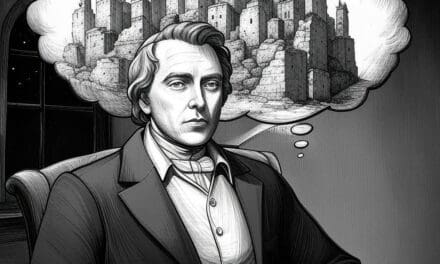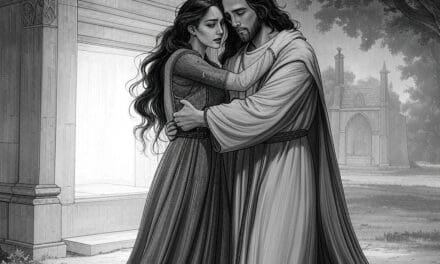The Book of Abraham, translated by Joseph Smith in the 1830s-1840s, contains details that align with ancient Near Eastern texts and traditions unknown in his day but later uncovered by archaeology and scholarship. This suggests it’s not a modern fabrication but reflects authentic ancient knowledge. Key points:
- Abraham’s Chaldean Connection
Book of Abraham: Places Abraham in “Ur of the Chaldees” with a priest attempting to sacrifice him (Abr. 1:1, 7-15).
Post-Smith Discovery: Late 19th and 20th-century finds—like the Apocalypse of Abraham (discovered 1860s-1890s) and Ugaritic texts (1920s)—confirm traditions of Abraham facing human sacrifice in a Mesopotamian context. “Chaldees” also ties to southern Mesopotamia (modern Iraq), a link clarified by excavations after 1850 showing Ur as a Chaldean hub, not widely known in Smith’s time. - Astronomy and Abraham
Book of Abraham: Links Abraham to teaching astronomy (Abr. 3:1-18, Facsimile 2), including references to stars like “Kolob.”Post-Smith Discovery: Ancient texts like the Book of Enoch (fully translated in English post-1840s) and Egyptian astronomical papyri (e.g., Berlin Papyrus 8279, late 19th century) show patriarchs tied to celestial knowledge. The name “Kolob” resembles Semitic roots (e.g., “KLB” meaning “star” or “heart”), a linguistic nuance unavailable to Smith without access to later comparative studies. - Names and Titles
Book of Abraham: Mentions “Pharaoh” as a kingly title and names like “Shagreel” (Abr. 1:9) and “Elkenah” (Abr. 1:6).
Post-Smith Discovery: Egyptian records (deciphered fully after the Rosetta Stone’s 1820s translation progressed) show “Pharaoh” as a dynastic title, not a name, matching the text’s usage. Names like “Elkenah” echo Canaanite deities (e.g., “El” plus “Kn” akin to “Canaan”), and “Shagreel” suggests a solar god (cf. Akkadian “Shamash”), details from texts unearthed in the 20th century (e.g., Ras Shamra tablets, 1929). - Facsimiles and Symbolism
Book of Abraham: Facsimiles depict Egyptian-like scenes (e.g., a priest with a knife, a crocodile god).
Post-Smith Discovery: After 1844, scholars like Flinders Petrie (late 19th century) and others found Egyptian vignettes linking crocodiles to chaos gods (Sobek) and knives to sacrifice—parallels not in popular 1830s Egyptology (e.g., Champollion’s work was embryonic). Smith’s interpretations align with later findings, not the limited knowledge of his era. - Historical Context Unknown to Smith
In the 1830s, Egyptian was barely deciphered, and Mesopotamian archaeology didn’t exist (e.g., Nineveh excavated 1840s). Smith lacked access to libraries or scholars detailing Abraham in extrabiblical roles—yet the Book of Abraham matches texts like the Genesis Apocryphon (Qumran, 1947) and Jubilees (widely studied post-1850s), which expand Abraham’s story similarly.
Why This Matters
Joseph Smith, a frontier farmer with minimal education, couldn’t have guessed these specifics. The Rosetta Stone’s decoding was in its infancy, and major digs (e.g., Ur, 1920s) were decades away. The Book of Abraham’s alignment with later discoveries—like Abraham’s astronomical role or Chaldean sacrifice tales—suggests it taps into an ancient source, not 19th-century speculation.







